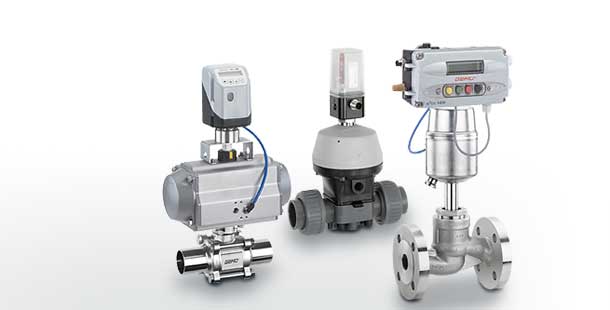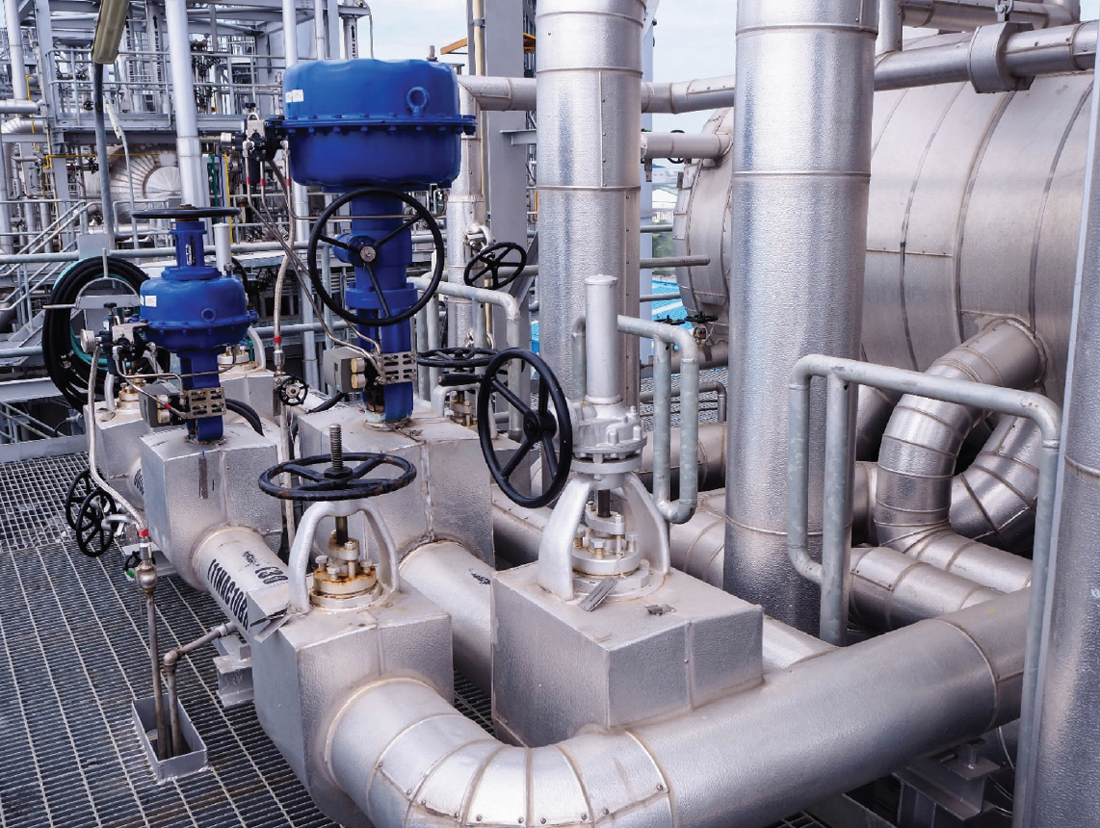Comprehending the Importance of Control Valves in Process Automation
Wiki Article

Maximize Power Savings and Convenience With Advanced Structure Automation Controls
In the world of contemporary architecture and facility monitoring, the assimilation of sophisticated structure automation manages stands as a crucial development. By utilizing the power of automation, structures can adjust, respond, and develop in ways that were when unimaginable.Energy Effectiveness Advantages
Energy efficiency advantages can considerably minimize power usage and operational prices in buildings. Energy-efficient systems, such as sophisticated building automation controls, can optimize the usage of resources like lighting, heating, and air conditioning, leading to reduced power costs over time.Additionally, improved power performance can lengthen the life expectancy of building equipment and systems. By running a lot more efficiently, heating and cooling systems, light, and other structure components experience much less deterioration, leading to lowered maintenance and replacement costs. In addition, energy-efficient buildings typically regulate higher residential or commercial property values and rental rates, supplying long-term monetary benefits to owners.
In addition, energy efficiency can boost resident convenience and performance. Effectively controlled interior environments with ideal illumination and thermal conditions develop an even more enjoyable and conducive workspace, leading to boosted staff member complete satisfaction and performance. On the whole, the energy effectiveness benefits related to innovative structure automation controls are complex, incorporating expense financial savings, environmental stewardship, and owner wellness.
Improved Convenience Control
Enhancing comfort control in structure settings needs an advanced integration of sophisticated automation systems for optimal resident well-being. By utilizing sophisticated building automation controls, centers can customize the indoor setting to satisfy the particular demands and choices of owners. control valves.By incorporating these innovative controls, structures can not just enhance convenience yet likewise boost power effectiveness by enhancing system procedures based on actual occupancy and usage patterns. Inevitably, prioritizing resident convenience through innovative automation systems leads to a much more enjoyable and healthier interior atmosphere.
Operational Efficiency Improvements

Moreover, the execution of real-time surveillance and analytics tools allows building drivers to recognize power inefficiencies and operational anomalies promptly. By continually checking power usage patterns and system efficiency metrics, changes can be made in real-time to optimize energy consumption and make certain peak functional effectiveness. control valves. Furthermore, integrating demand action approaches into structure automation controls can even more enhance functional efficiency by dynamically readjusting power use based upon grid problems and pricing signals
Indoor Environment Optimization
Efficient indoor climate optimization is a basic facet of structure automation controls, making sure residents' convenience and read the full info here health while taking full advantage Get More Information of power cost savings. By making use of innovative sensors and controls, developing automation systems can continuously change and keep an eye on temperature, humidity degrees, air high quality, and ventilation to develop an optimal indoor setting. Preserving regular and comfy problems not just enhances passenger satisfaction yet likewise improves performance and total well-being.Indoor climate optimization additionally plays a critical duty in power performance. By fine-tuning cooling, heating, and air flow systems based on real-time information and occupancy patterns, building automation controls can considerably reduce power consumption - control valves. As an example, implementing methods such as demand-controlled ventilation and thermal zoning can aid reduce energy waste while ensuring that each area of the building gets the necessary conditioning.

Lasting Setting Creation
Structure automation manages not just optimize interior environment conditions for energy effectiveness and owner comfort however additionally lay the structure for producing a sustainable environment through critical management of sources and systems. By integrating sophisticated building automation technologies, such as sensing units, actuators, and intelligent software, facilities can monitor and change power usage in real-time to decrease waste and lower their carbon footprint. These systems enable anticipating upkeep, determining possible problems prior to they rise and maximizing tools performance to enhance long life and efficiency.Furthermore, lasting atmosphere development prolongs beyond power administration to encompass water preservation, waste decrease, and interior air top quality renovation. Building automation controls can manage water usage, discover leakages, and make sure proper waste disposal methods, contributing to general sustainability efforts. Furthermore, by keeping an eye look here on and controlling air flow and purification systems, these modern technologies enhance owner wellness and efficiency while lowering power intake linked with cooling and heating operations.
Final Thought
To conclude, progressed structure automation controls offer substantial advantages in regards to energy financial savings, convenience control, operational efficiency, interior environment optimization, and developing a sustainable environment. By executing these controls, buildings can accomplish optimum performance while reducing power consumption and improving passenger comfort. It is apparent that making use of innovative automation technology is vital in enhancing building efficiency and developing an extra sustainable future.Energy effectiveness benefits can dramatically minimize power intake and operational prices in buildings. Generally, the energy performance benefits associated with advanced structure automation controls are multifaceted, incorporating expense financial savings, environmental stewardship, and passenger health.
Furthermore, incorporating need reaction techniques right into structure automation controls can better improve functional performance by dynamically readjusting energy use based on grid problems and rates signals.
Structure automation regulates not just maximize interior environment problems for power effectiveness and passenger convenience but additionally lay the structure for producing a sustainable setting through strategic management of resources and systems.In verdict, progressed structure automation regulates deal considerable benefits in terms of energy savings, comfort control, functional performance, interior climate optimization, and creating a sustainable setting.
Report this wiki page